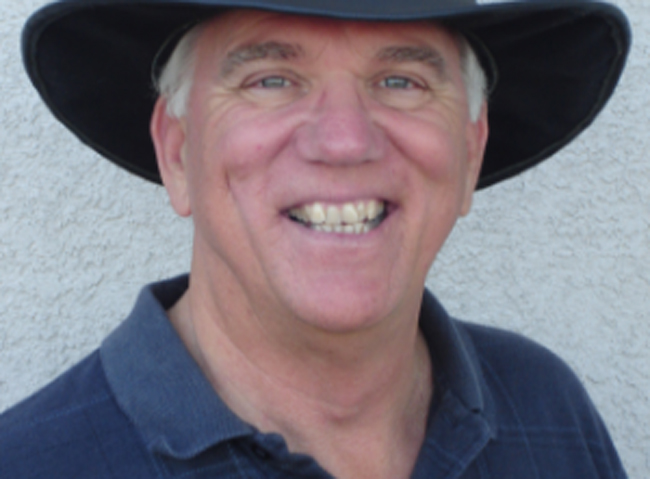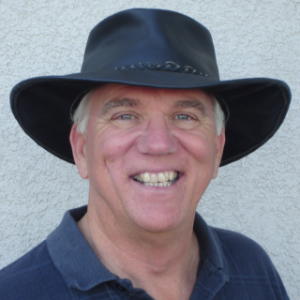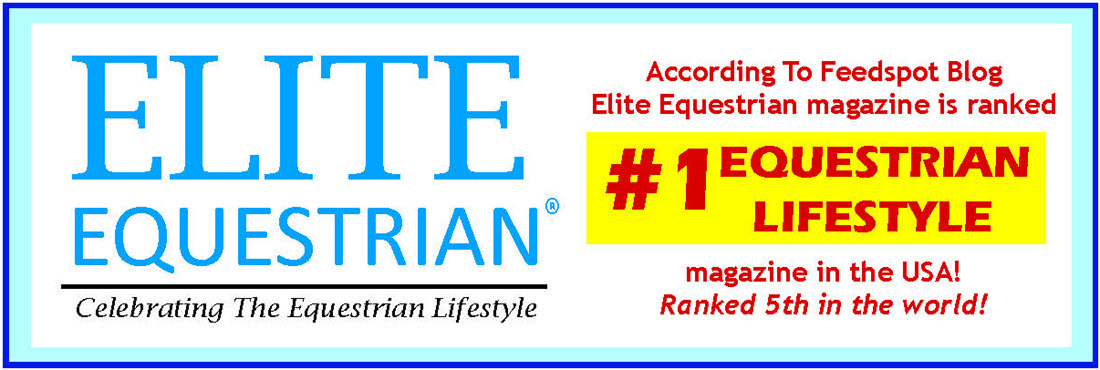
Should I Learn Thermal Image Scanning – for Horses?- It’s time for you to take a thermography (infrared) camera class!
EquineIR (Equine Infrared) class has openings available for its July 23-25 class in San Diego, but registration is closing. Infrared thermal image scans, also nicknamed ‘FLIR for horses’ –new thermography camera class by United Infrared
PRLog (Press Release) – Jun. 25, 2013 – EquineIR™ is an International Network of Certified Thermographers having been trained in the application of Equine Thermography. Equine scans can be done at your local veterinary office or your barn location. A call to the office of United Infrared today can request a survey via its website to locate a certified technician in your area. (website: http://www.EquineIR.com)

Infrared Thermal Imaging – sometimes known as FLIR – for Horses, Equine IR, and etc: a new class teaching infrared thermography for horse injuries and saddle fit, has announced a camera class. This release came from United Infrared, which stated that the EquineIR, now has seats available for its July 23-25 class in San Diego, and registration is open–though due to close out in a matter of days.
How can Equine IR be used? It’s a help to get the answers you need to take corrective action, as taught by United Infrared’s team of certified thermographers, which are part of an international network of thermal imaging professionals, and can provide a local service so your investment in your horse’s health is reasonable–and also includes a veterinary interpretation.
The program is headed up by Technical Directors, Dr. Joanna L. Robson, DVM, CVSMT, CMP, CVA, SFT, and also Michael DeLeonardo Jr., C.J.F., A.P.F., R.J.F.
*Multi-horse and ongoing survey discounts available. Interpretation services available through interpretIR.com affiliate licensed veterinarians. Travel fees may apply. Submit a survey request for a full quote in your area.
Dr. Joanna L. Robson is a Licensed Veterinarian and owner of Inspiritus Equine, Inc., an integrative veterinary practice dedicated to the whole horse approach. Dr. Robson is also co-owner of the Equine Technology Center in Salinas, CA. She lectures both nationally and internationally on recognizing the horse in pain, the uses of thermography in the equine industry, the anatomy of saddle-fitting, and understanding alternative medicine modalities.
Dr. Robson has numerous publications online and in print, and is the author of the book “Recognizing the Horse in Pain…And What You Can Do About It!” Dr. Robson is a graduate of the Washington State University Honors Veterinary Medicine Program.
Joanna Robson was also a featured speaker at the recently-concluded Thermal Imaging Conference in San Diego (http://www.ThermalImagingConference.com ), teaching some of the medical/veterinary tracks at that Conference.
Michael DeLeonardo is a Certified Journeyman Farrier, and owner of DeLeonardo Farrier Service. His farrier service is devoted to providing the most up to date and comprehensive farrier care available and the use of infrared technology as it pertains to the farrier regarding diagnosis of lameness.
DeLeonardo sets on the Editorial Advisory Board of the American Farriers Journal as well as contributes articles to the publication. Michael was inducted into the International Horseshoeing Hall Of Fame in 2008.
Michael is a certified tester for the American Farrier Association certification program. He was the resident farrier for the Ausaymas Veterinary Service, Hollister CA (1985-2000) as well as working with other veterinarians throughout the United States. Michael travels throughout the country presenting lectures and classes on lower limb lameness, shoeing techniques and practices.
The business aspects of equine thermography are taught by Peter Hopkins, who is a Level III Certified Infrared Thermographer and is a founding partner and current vice president of United Infrared, Inc.,http://www.unitedinfrared.com.
Before thermography, veterinarians could only locate problems using traditional methods such as observation and palpation. Now, using advanced EquineIR™ thermography, abnormalities present stressed tissues even before damage occurs.
This methodology has been developed and refined over the past twenty-five years and has been proven to be an effective imaging technique useful for veterinarians in the diagnosing of conditions.
Uses of equine thermography include: pre-purchase; hoof balancing; inflammation; general diagnostics & preventive medicine; pre-event imaging; saddle fit; muscle/nerve injury.
An informative video on how someone can learn about equine thermography as a business is available online, at United Infrared’s YouTube channel: http://youtu.be/HkBpQ2MiYwA



